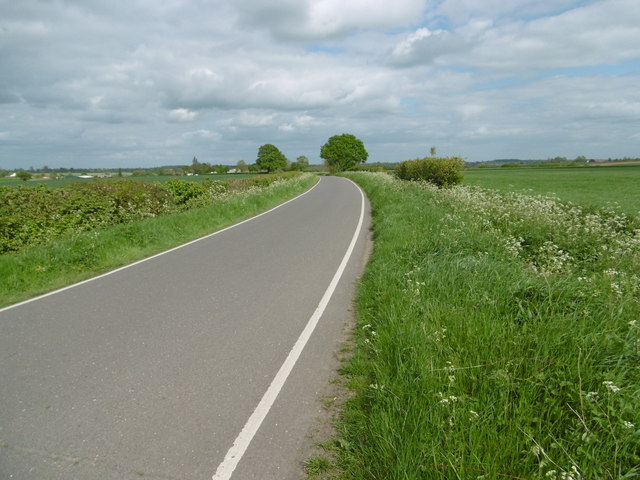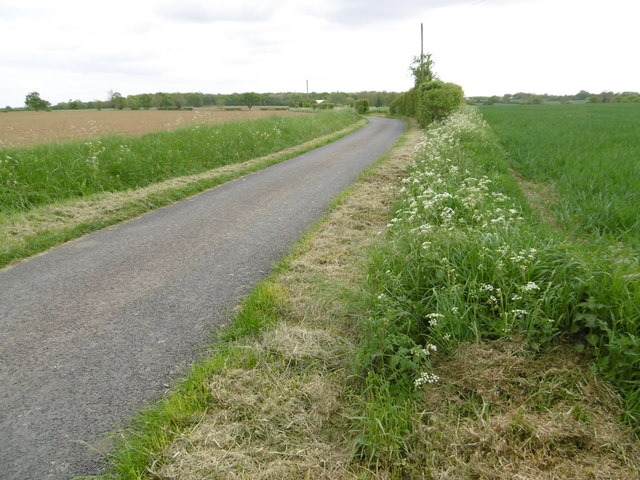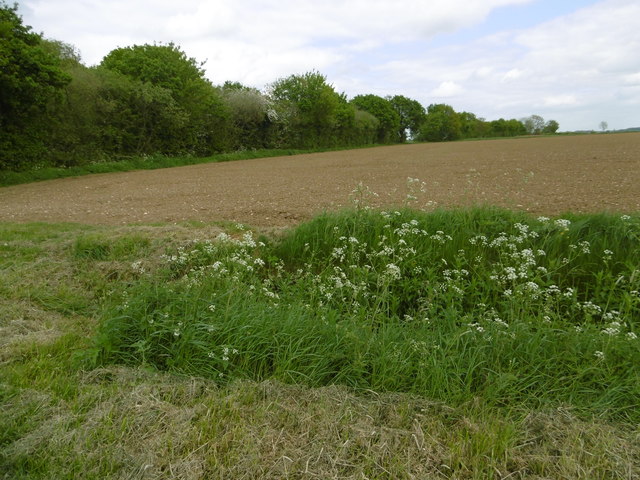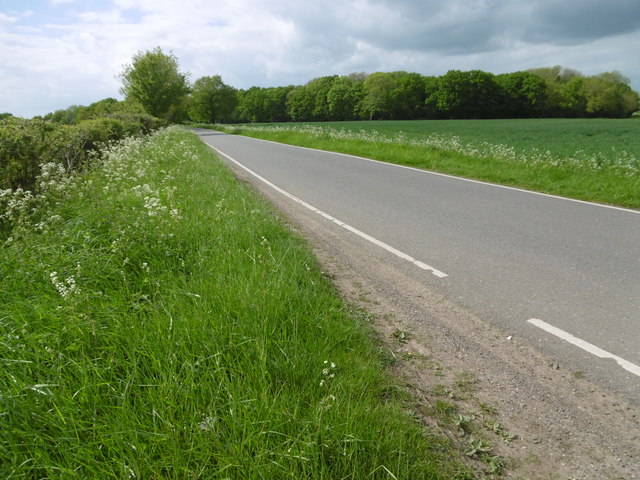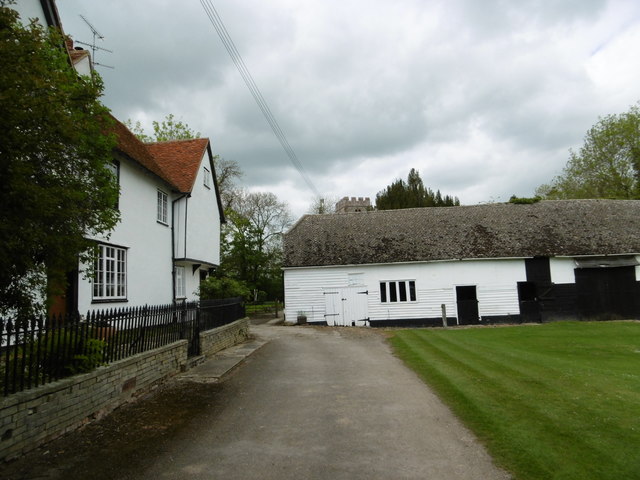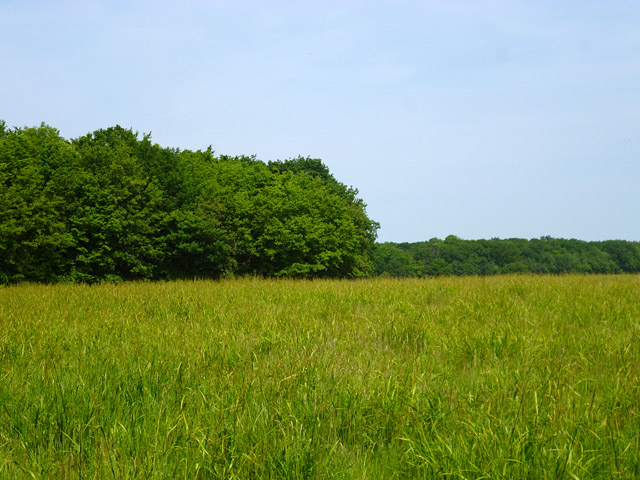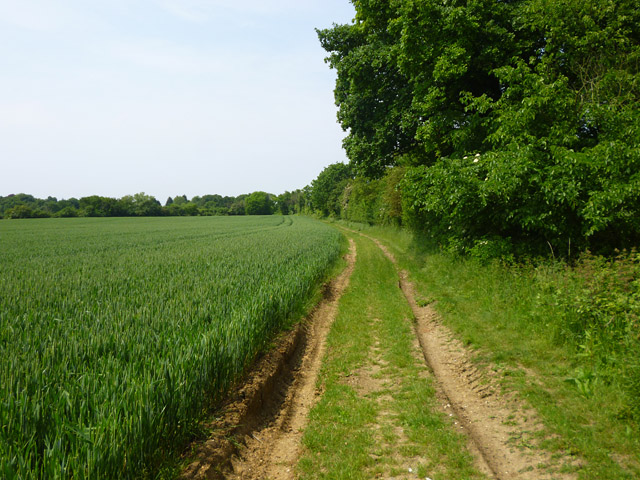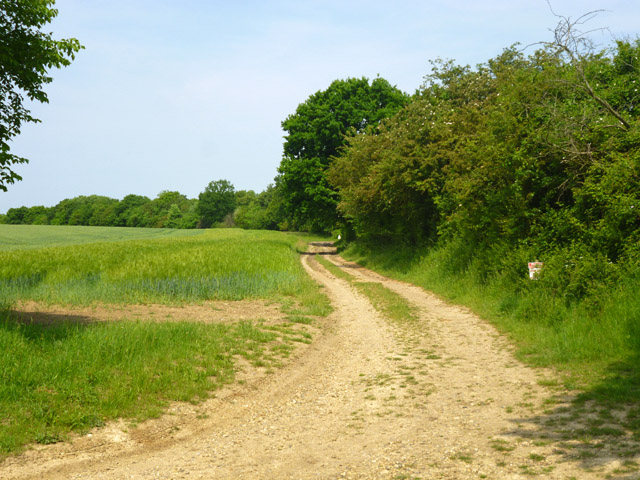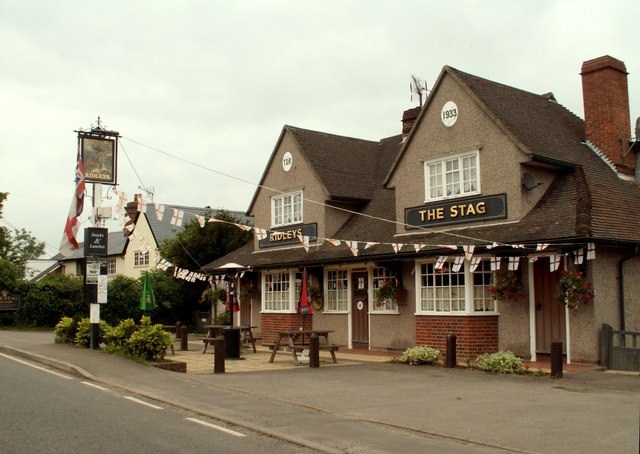Hangman's Wood
Wood, Forest in Essex Uttlesford
England
Hangman's Wood
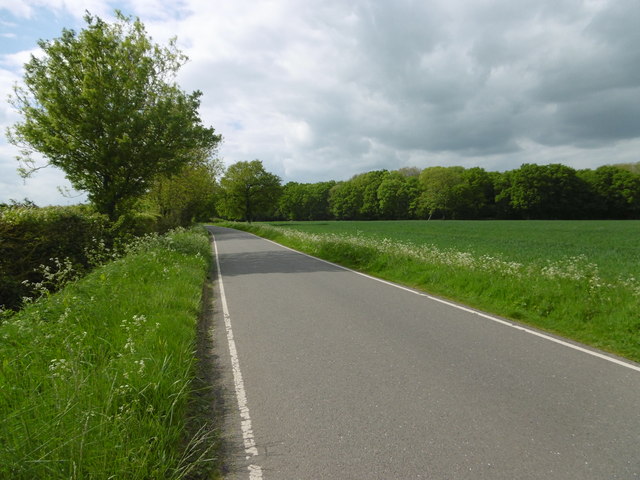
Hangman's Wood is a picturesque woodland located in the county of Essex, England. Situated in the northeastern part of the county, it covers a vast area of approximately 100 acres. The wood is part of a larger forested region, known as Epping Forest, which is renowned for its natural beauty and rich biodiversity.
The name "Hangman's Wood" has historical significance, as it is believed to have been used as a site for public executions in the past. However, there is limited documentation to support this claim, and it remains more of a local legend than a proven fact.
Visitors to Hangman's Wood are greeted by a dense canopy of tall, majestic trees, predominantly oak and beech. The woodland floor is covered with a thick layer of fallen leaves, creating a peaceful and tranquil atmosphere. A network of well-maintained footpaths and trails allows visitors to explore the wood, immersing themselves in nature and taking in the sights and sounds of this enchanting forest.
The wood is home to a diverse range of wildlife, including various species of birds, mammals, and insects. Birdwatchers may spot woodpeckers, owls, and thrushes, while nature enthusiasts can keep an eye out for deer, foxes, and squirrels. The wood also boasts a rich variety of plant life, with wildflowers, ferns, and mosses adding to its allure.
Hangman's Wood is a popular destination for outdoor activities such as hiking, picnicking, and photography. With its natural beauty and peaceful ambiance, it provides an escape from the hustle and bustle of everyday life, offering visitors a chance to connect with nature and enjoy the tranquility of this remarkable woodland.
If you have any feedback on the listing, please let us know in the comments section below.
Hangman's Wood Images
Images are sourced within 2km of 51.904709/0.38758311 or Grid Reference TL6425. Thanks to Geograph Open Source API. All images are credited.
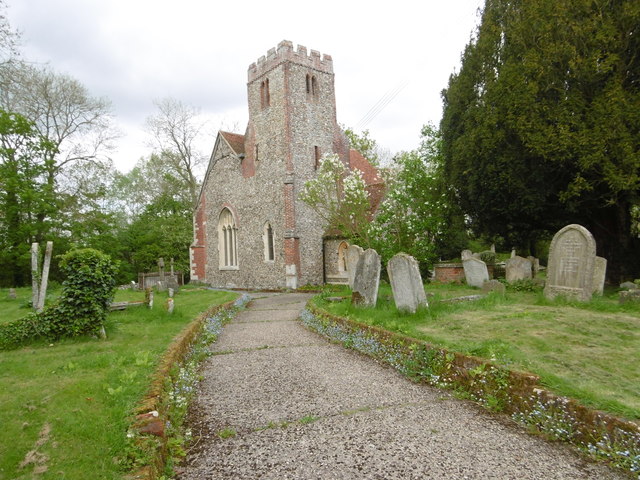
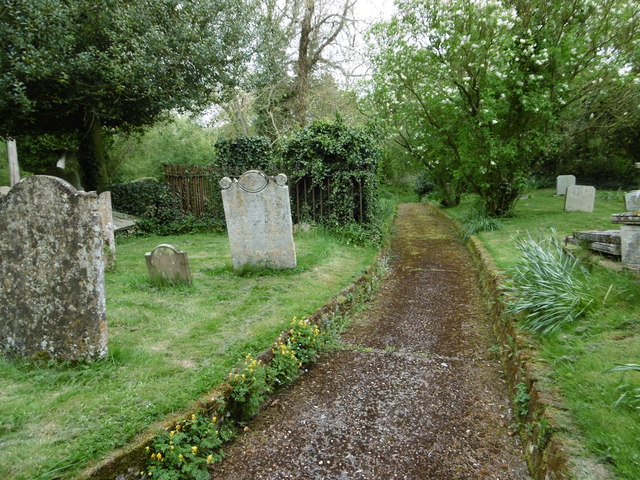
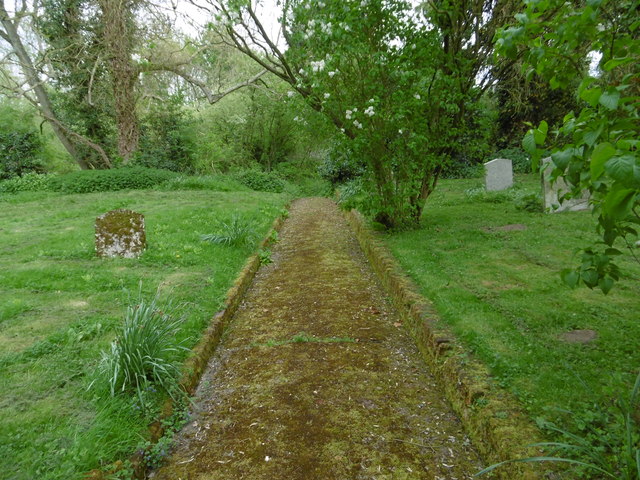
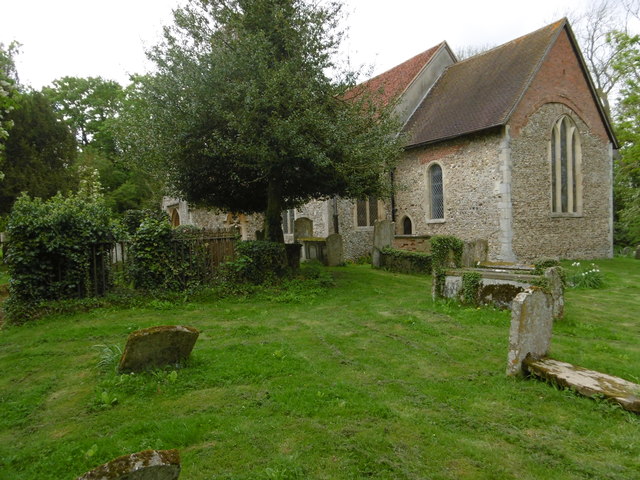
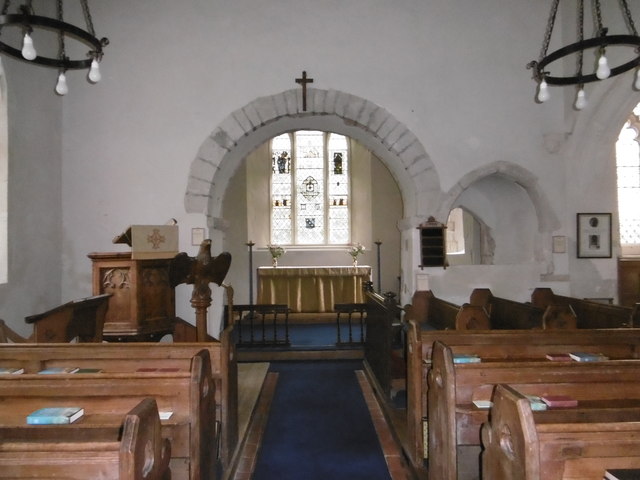


Hangman's Wood is located at Grid Ref: TL6425 (Lat: 51.904709, Lng: 0.38758311)
Administrative County: Essex
District: Uttlesford
Police Authority: Essex
What 3 Words
///prettiest.gentle.gravest. Near Great Dunmow, Essex
Nearby Locations
Related Wikis
Lindsell
Lindsell is a village and civil parish in the district of Uttlesford in the county of Essex, England. Nearby settlements include the parish hamlets of...
Bran End
Bran End is a village in Essex, England. == External links == Media related to Bran End at Wikimedia Commons
Stebbing
Stebbing is a small village in the Uttlesford district of northern Essex, England. The village is situated north of the ancient Roman road Stane Street...
Bustard Green
Bustard Green is a hamlet in the civil parish of Lindsell, and the Uttlesford district of Essex, England, and is just under 1 mile (2 km) north from the...
Holder's Green
Holder's Green is a hamlet near the village of Lindsell, in the Uttlesford district of Essex, England. The hamlet is the site of the Essex Wildlife Trust...
Church End Mill, Great Dunmow
Church End Mill is a grade II listed Tower mill at Great Dunmow, Essex, England which has been converted to residential use. == History == Church End Mill...
Helena Romanes School
Helena Romanes School (also known/abbreviated as HRS) is a coeducational all-through school and sixth form. It is situated in Great Dunmow in the English...
Little Easton
Little Easton is a village and civil parish in Essex, England. The village is situated approximately 7 miles (11 km) east from the town of Bishop's Stortford...
Nearby Amenities
Located within 500m of 51.904709,0.38758311Have you been to Hangman's Wood?
Leave your review of Hangman's Wood below (or comments, questions and feedback).
